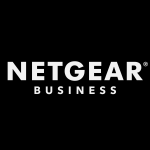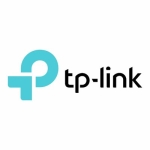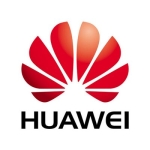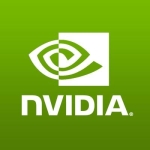What is our primary use case?
We primarily use it to provide a hierarchy in the data center, enterprise solutions, and high availability solutions.
What is most valuable?
The performance of this equipment is much better than other options. The warranty on offer is perfect for me as they attend to issues in a maximum of four hours or within the next business day.
The solution is easy to implement and quick to deploy.
The solution is very stable.
I found the scalability to always be good.
What needs improvement?
The technical support, in some cases, should be faster and could improve.
For how long have I used the solution?
I've been using the solution for ten years. It's been a decade. I've dealt with Cisco for a while.
What do I think about the stability of the solution?
The product is stable. There are no bugs or glitches. It doesn't crash or freeze. It's reliable.
What do I think about the scalability of the solution?
The scalability potential is very high. I can put many types of equipment on it and the solution will keep in the same level performance. It doesn't dip.
Currently, we have 1,000 people on the solution.
I do plan to implement the solution in future projects, as, so far, it has been issue-free and works very well.
How are customer service and support?
Technical support could be a bit more responsive.
How was the initial setup?
in terms of the initial setup, and how easy or hard it is, it depends on the technical knowledge base and on the person that will be implementing the solution.
I was working with data center providers, and, for us, with our level of knowledge, every time it was very easy to implement this equipment.
The deployment is pretty fast. After a couple of hours, you should have it up and running. We had a big team as well, which helped ensure it didn't take us long.
We have about 15 people at three technical levels that can handle maintenance tasks.
What about the implementation team?
I implemented the solution myself. I did not need an integrator or consultant to assist.
What was our ROI?
Likely, after three or so years, you may see an ROI.
What's my experience with pricing, setup cost, and licensing?
The licensing costs vary. If you buy a lot, the costs are lower, however, if you only need a few, the costs are very, very high.
You can also pay for additional support that guarantees four-hour or next-day resolutions.
What other advice do I have?
I am a solutions provider. We're consultants and we help other companies implement this solution.
I'd rate the solution at a nine out of ten.
I would recommend the solution to other users and organizations.
Which deployment model are you using for this solution?
On-premises
Disclosure: My company does not have a business relationship with this vendor other than being a customer.















